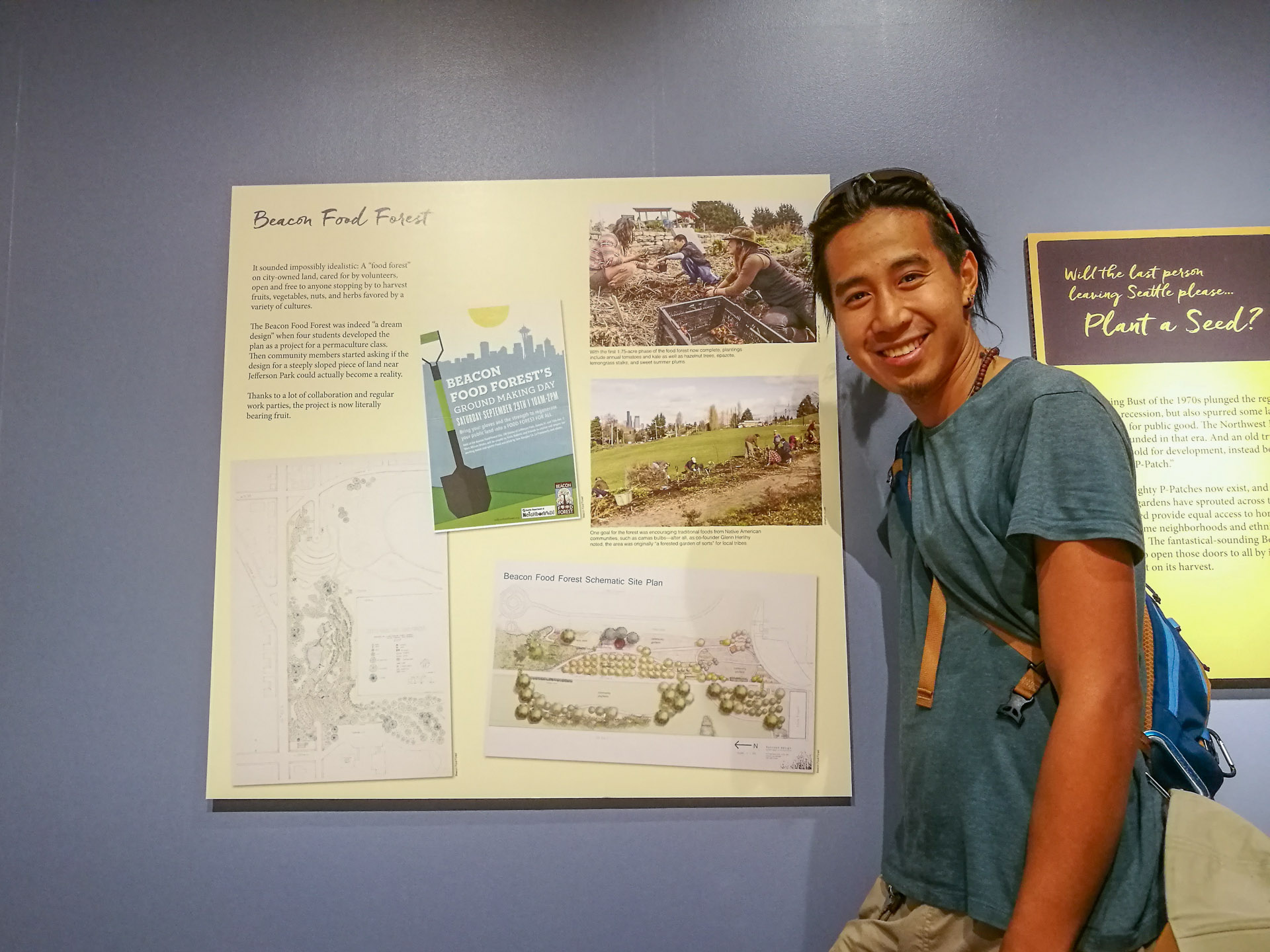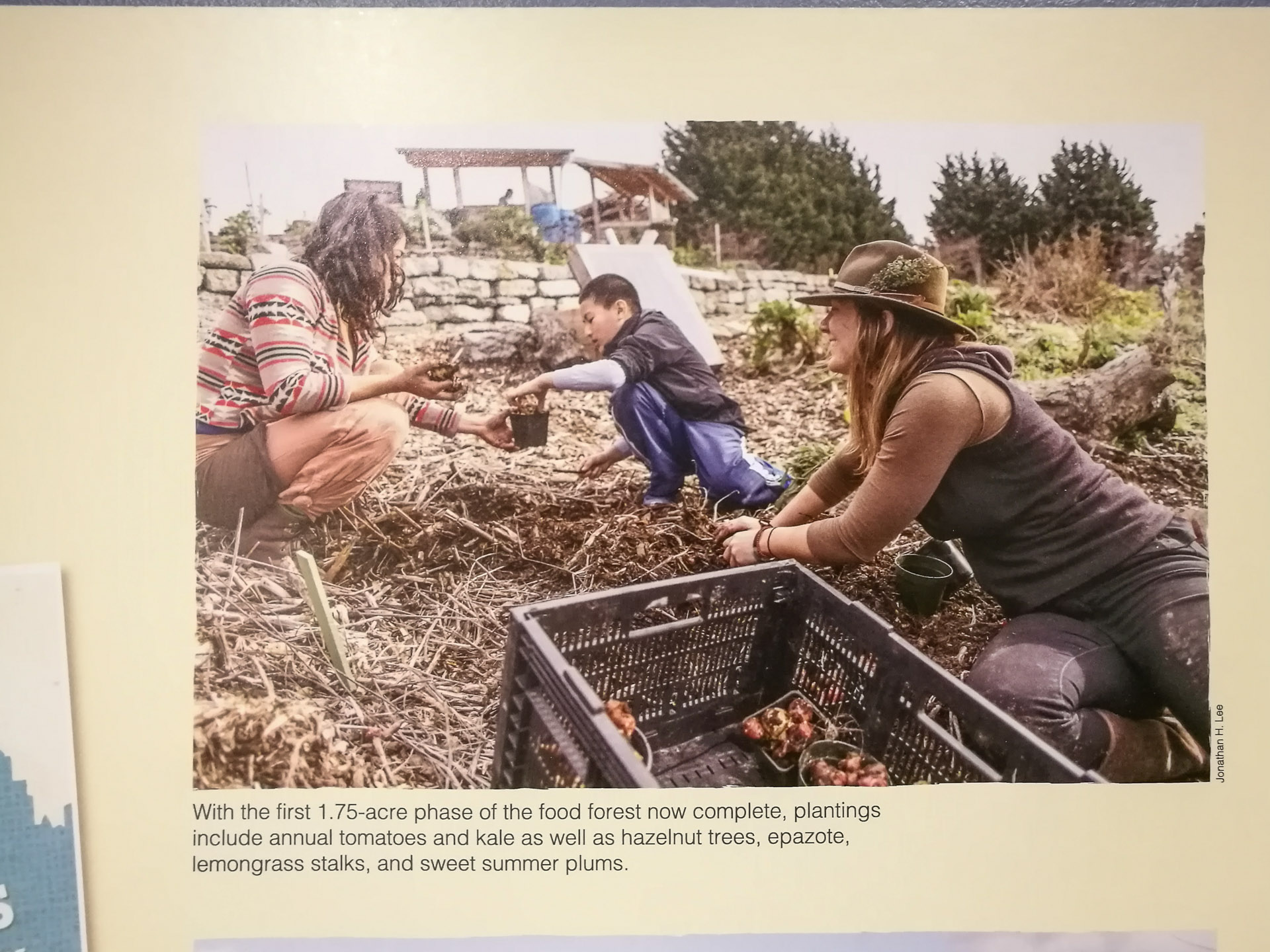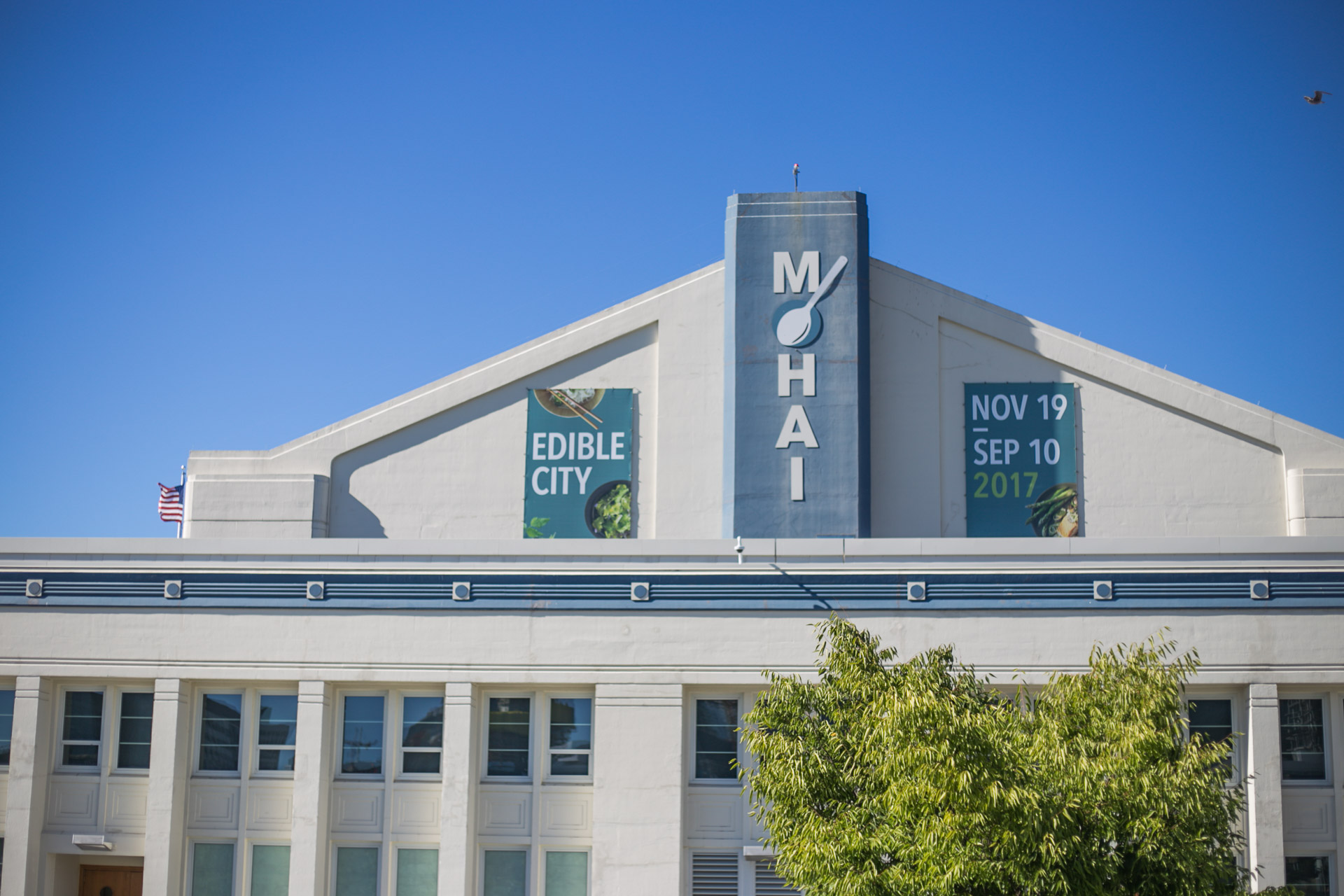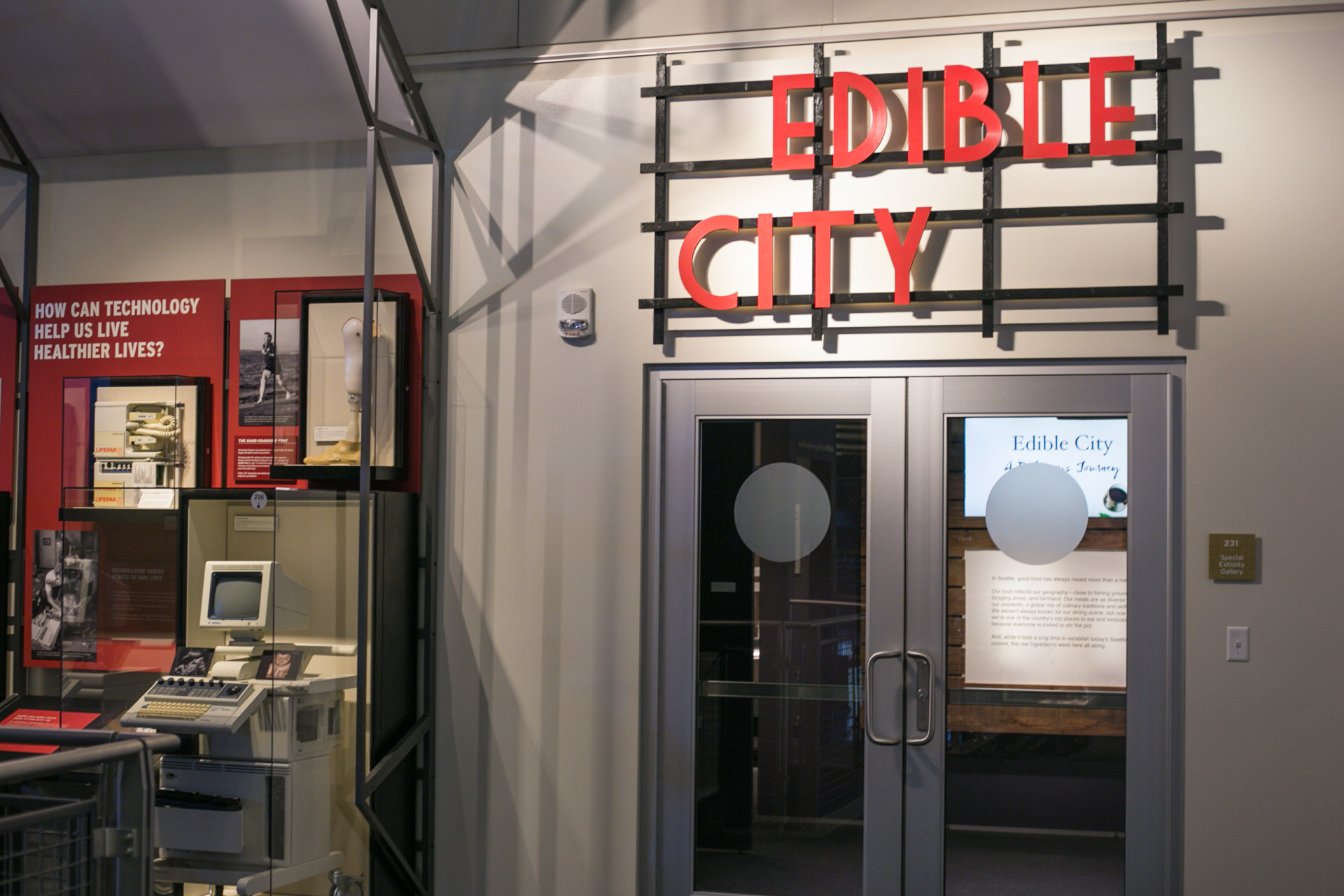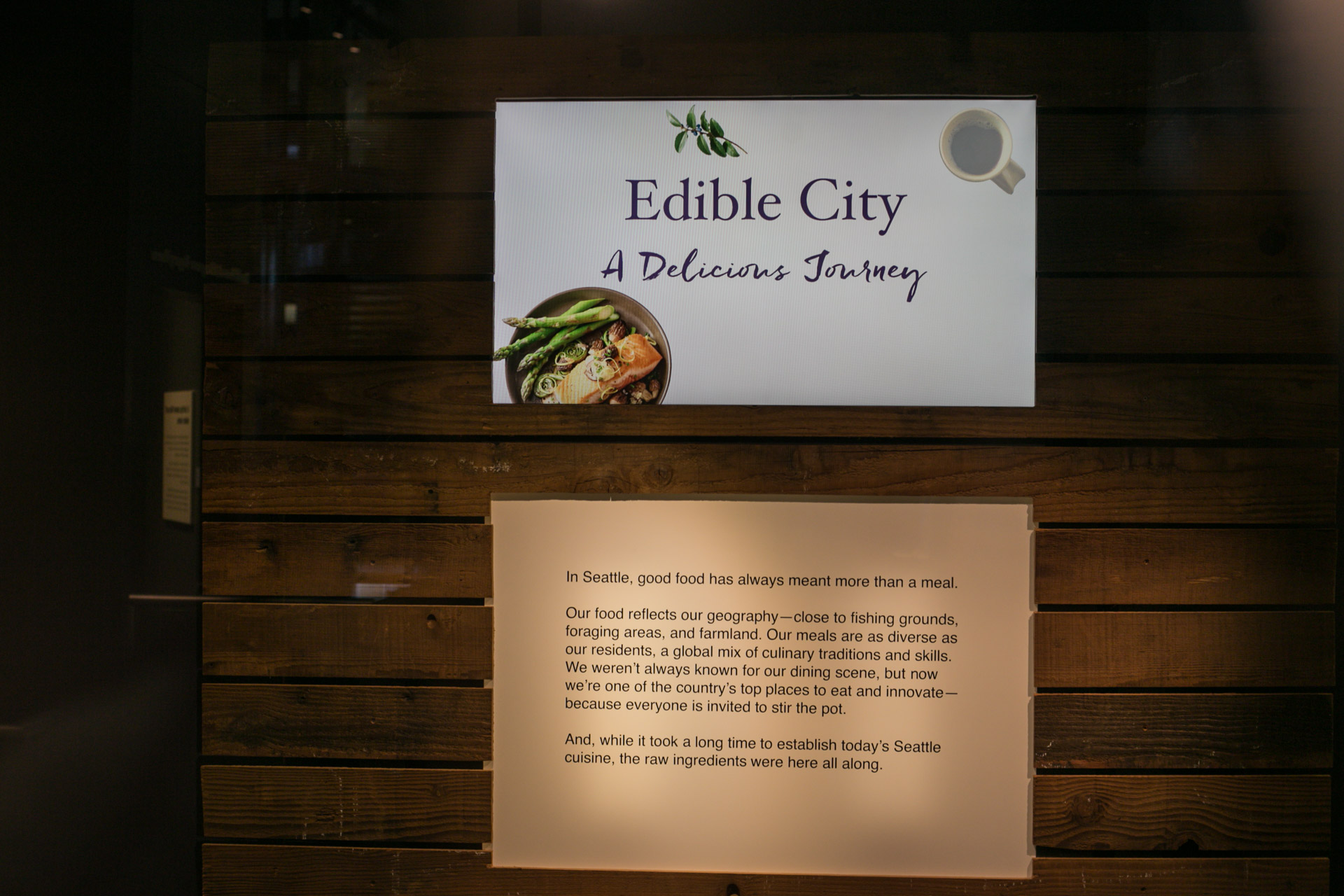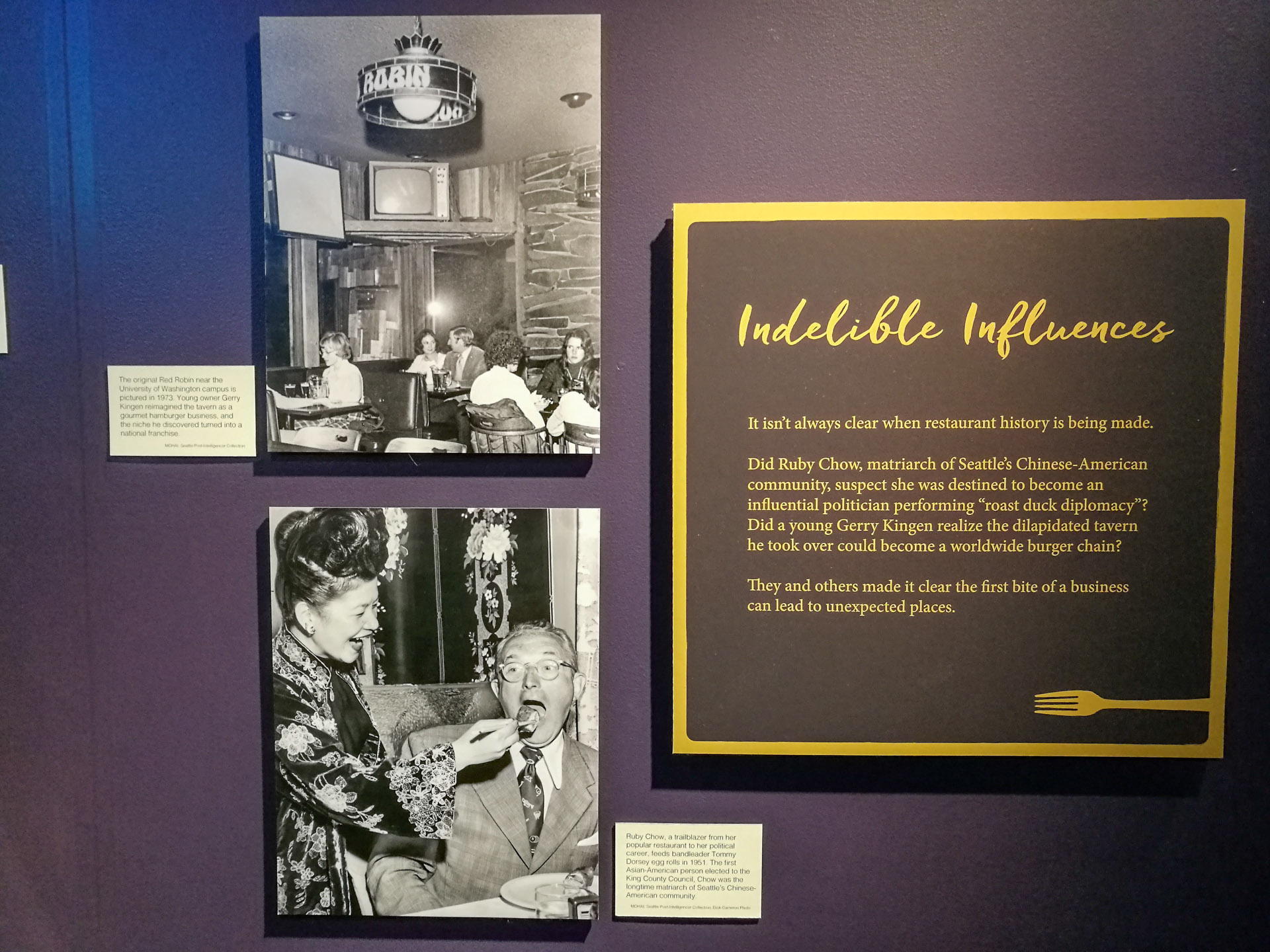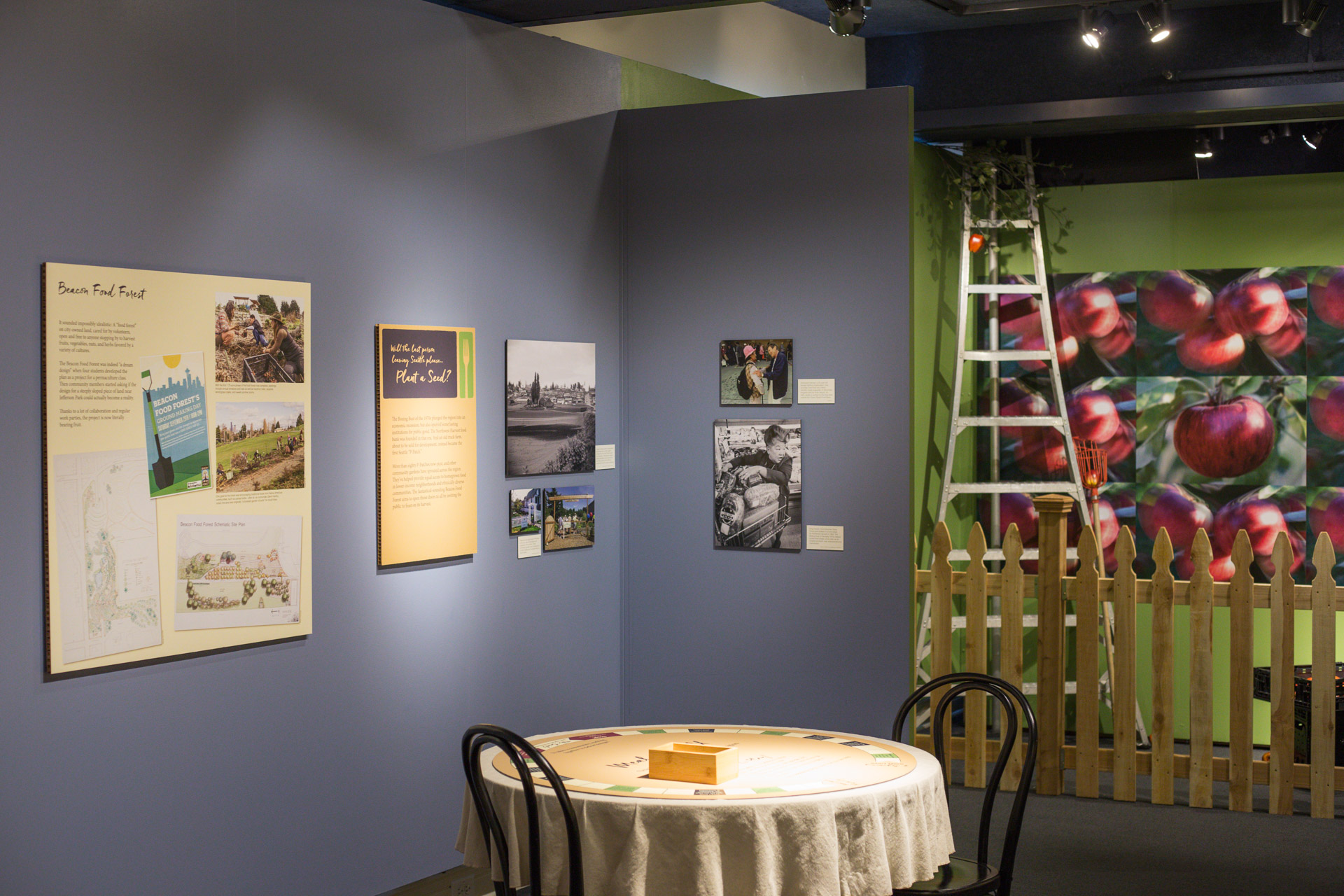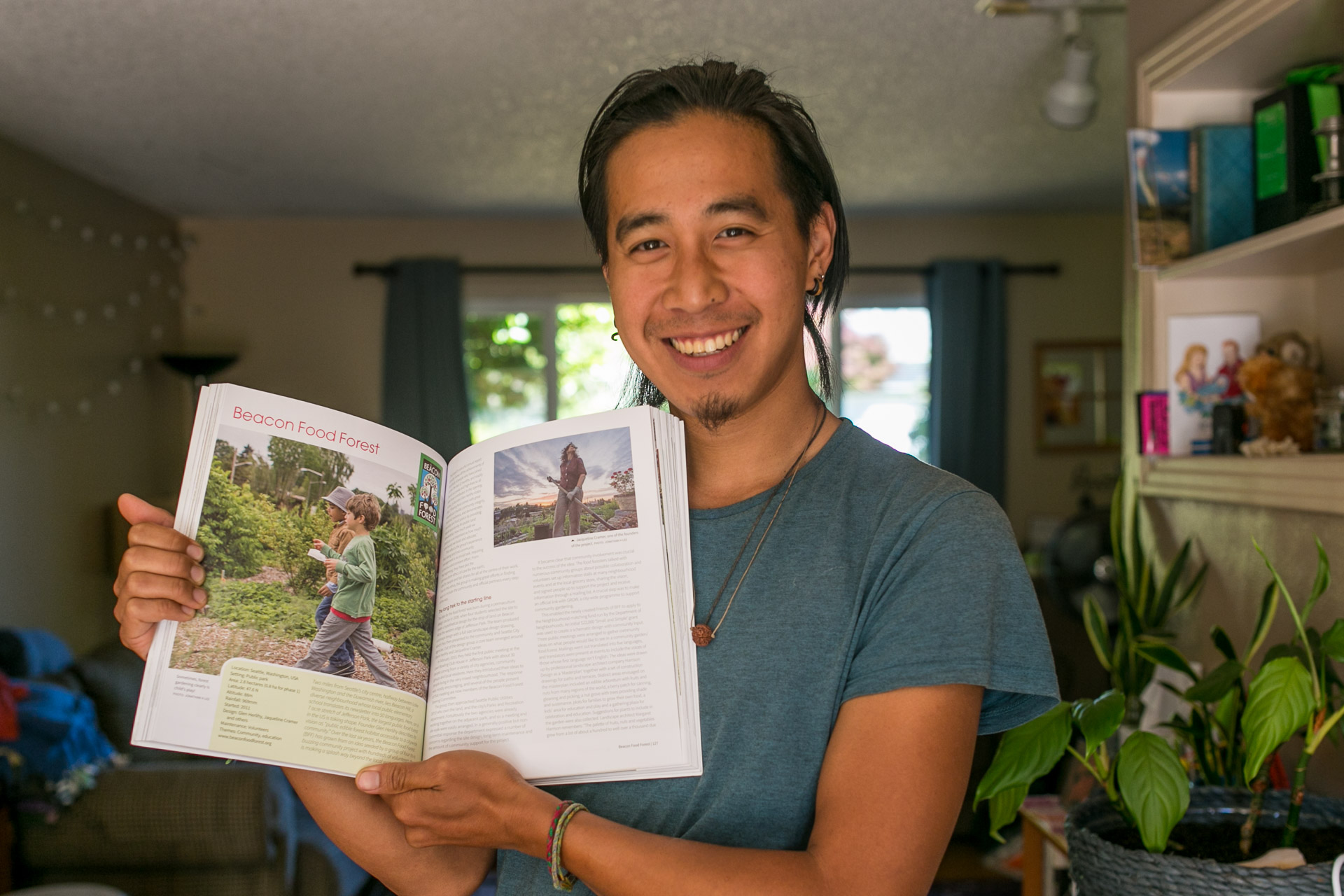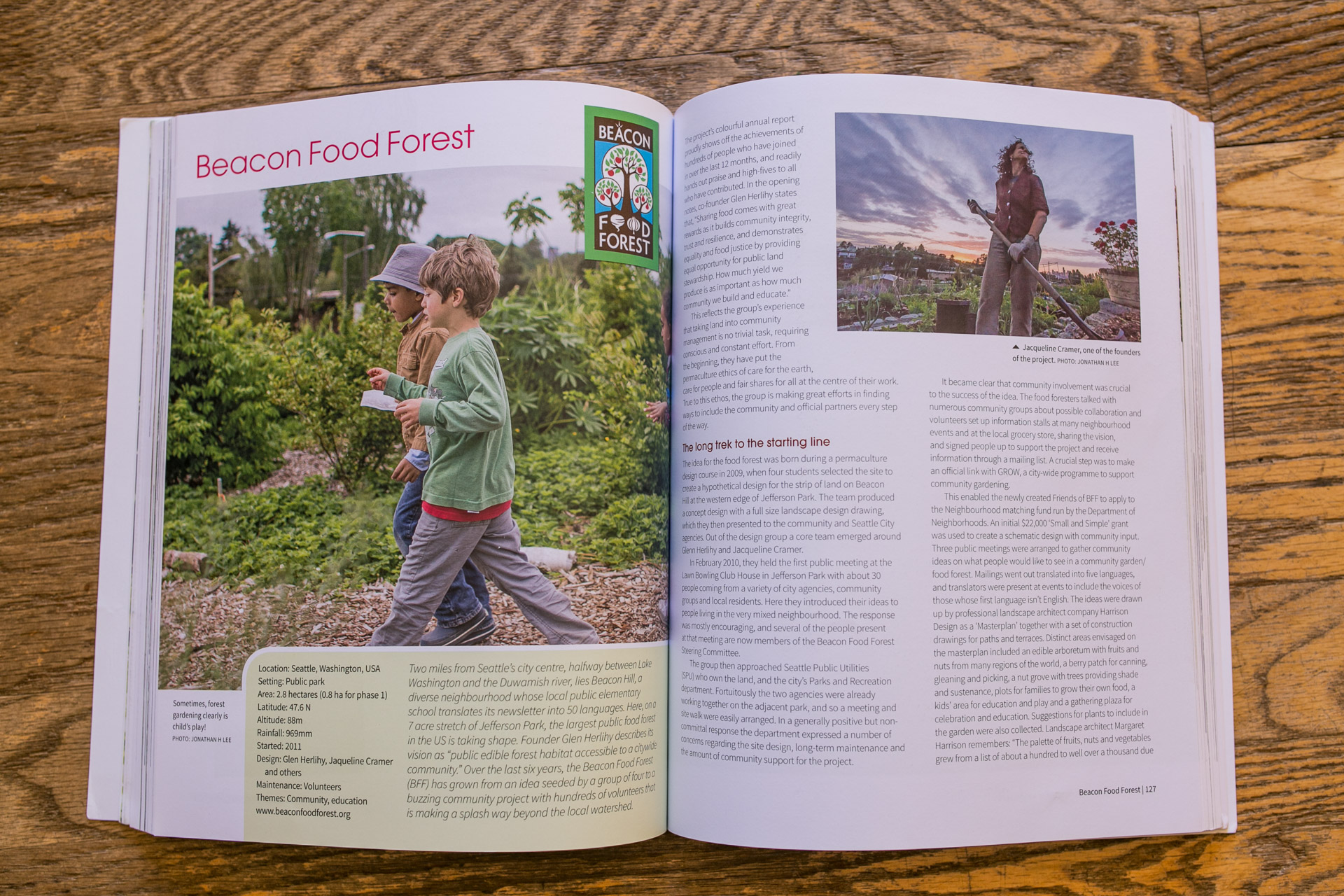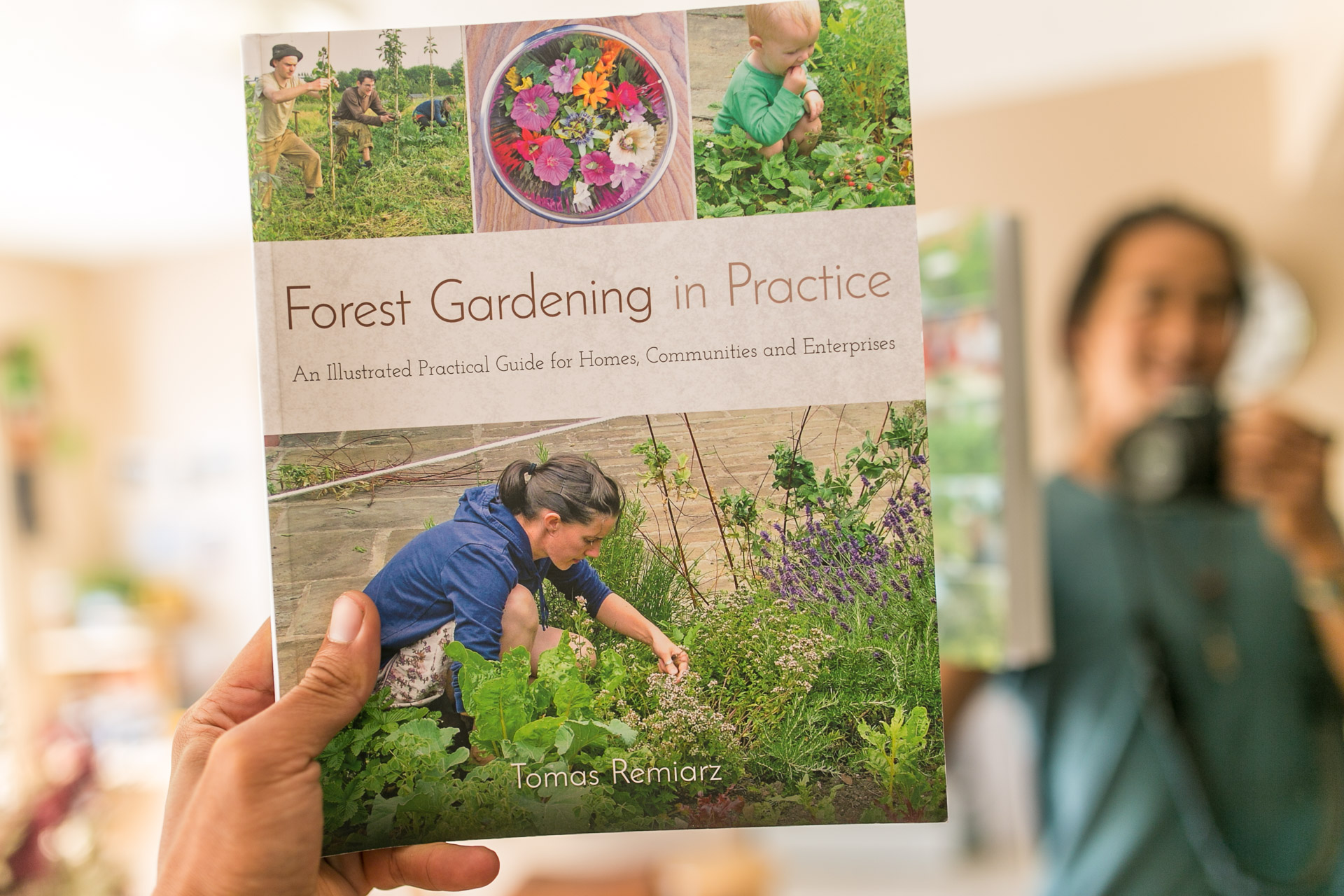50L backpack
2L water bladder
1L water bottle
0.5L thermest - amazing for hot drinks
water purifier (Steripen Ultra)
water filter/pouch (Sawyer mini water filter)
sunglasses - so very crucial
regional trekking map - also rec'd: offline maps
Kindle
Down sleeping bag rated for -7C/19F
mini first-aid, sunblock, moisturizer, mini towel
Clothing & Footwear
(3) pairs of quick-dry undies
(2) pairs of wool socks
wool/fleece beanie
(2) fleece neck warmer/gaiter
fleece gloves
synthetic short sleeve
convertible quick-dry shirt
wool long sleeve base layer
quick-dry hiking shorts
full-length synthetic tights
rain jacket/shell
insulated jacket
light fleece sweater
lightweight windbreaker
quick-dry hiking pants
soft-shell pants
trail-running shoes - wore these most of the time at lower elevations and on mild days. more notes below
mid-top waterproof boots - too warm for low elev., primarily used them at 4000+ m. more notes below
full-length gaiters - see notes below
microspikes - see note below
Clothing/gear note: The retail $ damage on these pieces of gear would be nuts. The reason I was able to afford them is because I had worked in the outdoor industry and got everything heavily discounted while under their payroll, and the occasional thrift store gems! REI Garage Sales are awesome, too (sorry folks, they are only in the US). There are many low-priced outdoor gear shops in Kathmandu, Pokhara, and other trekking towns that carry replicas of North Face/Marmot/Mountain Hardwear/etc. base layers, jackets, pants, and accessories for ~20-50% the branded retail cost, and a good number (though certainly not all) of these products function very well, or even just as well as the real thing. That said, I've seen porters/guides/other trekkers hit the trail in the low valleys to high passes with simple shirts, jeans, flip flops, and everything in between. I don't believe there is a "correct way," though I do think there are certain materials to avoid to make the journey more comfortable and be ready for varying circumstances in weather. I'm fortunate to have solid gear that has kept me safe, warm (mostly), dry (again, mostly), and should likely last a long time. I also believe in Patagonia's environmental and social ethicacy and other companies' similar statements, and wish to support their work.
A water filter/purifer is highly recommended to minimize the chance of catching water-borne illnesses and eliminate the need for single-use plastic water bottles.
The trail-runners were great and I wore them for most of the trek. Even with temperatures dipping below freezing at high altitude and/or early mornings, with medium-weight wool socks and as long as I kept moving my feet stayed happy. The mid-top boots were welcomed at higher altitudes (4000+ meters), stream crossings, and trekking over ice/snow, and for some additional lateral support, but I am blessed with strong ankles and therefore didn't absolutely need them for this reason. Another benefit with wearing ventilated shoes - MUCH less stink. ;) It's more weight to carry 2 pairs but I felt prepared for the hugely varied and at times unpredictable conditions from 1500 - 5500+ meters.
I think gaiters and microspikes are optional depending on the time of the year and snowfall from previous season. My friends and I started in late March, which is considered early in the trekking season. Folks do trek all year in the region, though with the winter cold between Dec-Mar, much fewer people, including lodge/guesthouse owners, are at higher altitudes. We luckily had friends who had just returned from the region and told us that traction device and gaiters would be useful as they had gotten snowed-in at Gokyo (a seasonal town at 4790 m) for 2-3 days in the 2nd/3rd week of March. I would imagine later in April and May these 2 pieces of gear can be omitted to save space and weight. I couldn't speak for the rest of the year. There's always Namche Bazaar - the hub of the Khumbu-Everest region - to get the latest word on trail conditions and weather and to pick up supplies of all sorts.
Camera Equipment
Canon 6D
Samyang 14mm f/2.8 - so wide. also marketed as Pro Optic, Rokinon and Bower
Canon 24-105mm f/4L IS
Canon 100-400mm f/4.5-5.6L IS
Sirui T-025x tripod + Dolica WT-1003 monopod
GoPro Hero 5 Black
way too many extra batteries ;)
Additional notes: The focal length range was tremendous and made for nearly every type of shot possible. The quality from those zooms with the full-frame sensor is impressive, however the weight was undoubtedly on the heavier end. More than half my pack's weight was in camera gear and accessories. I would certainly consider a lighter setup (ie: 1 wide angle prime + 1 medium-range prime, like 85/100/135mm) or a mirrorless/micro 4/3rd's camera with an all-in-one + prime lens. The GoPro/monopod combo was great fun to have, and the tripod was essential for me to do night and long exposures as well as time-lapses.
Additional resources:
